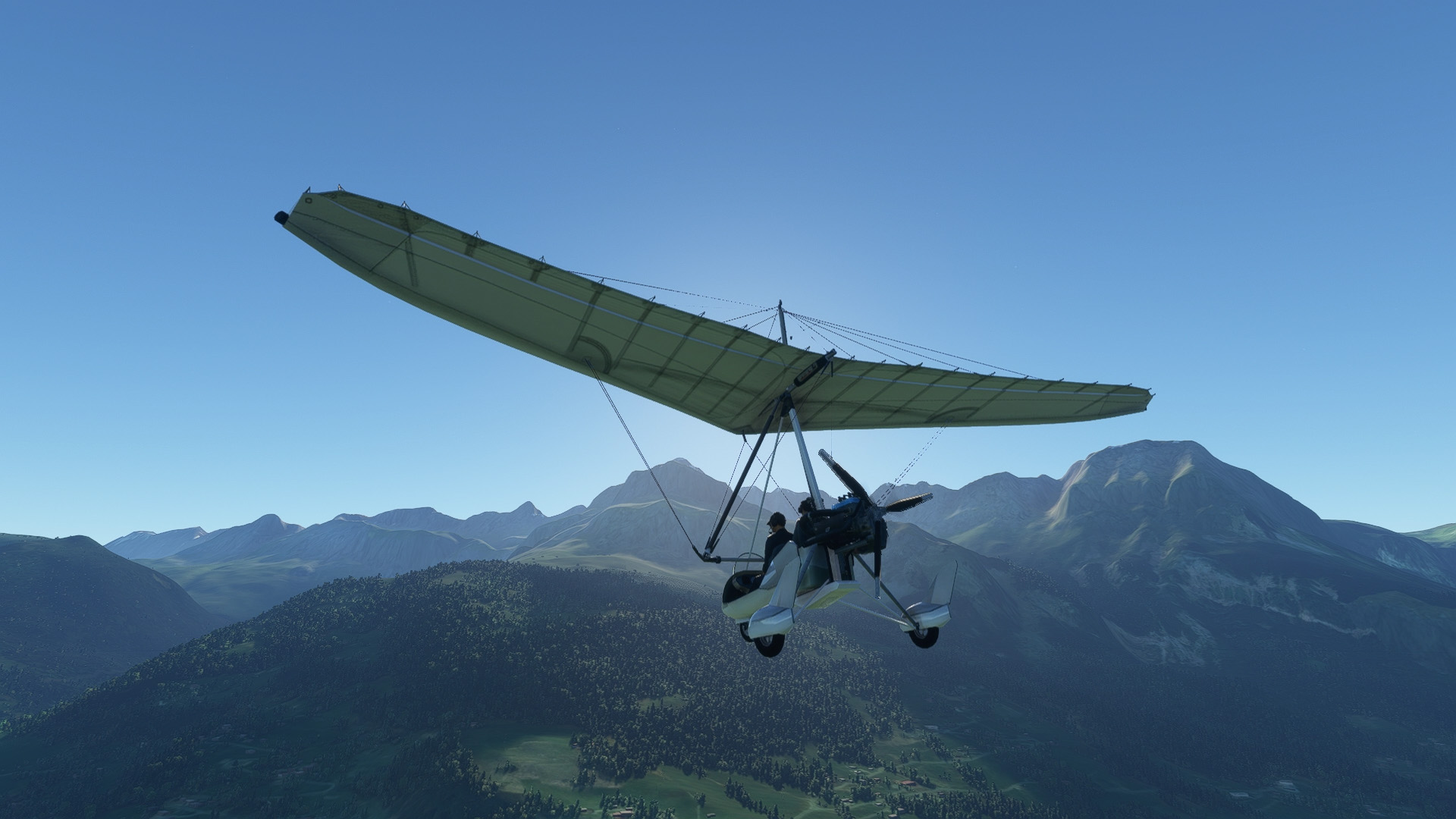

The remote operation and minimal supervision that this unique platform requires offers an alternative to operationally demanding and costly research vessels and aircraft. The Liquid Robotics Wave Glider is a particularly well-suited platform for air-sea interaction measurements that leverages many of these new concepts. Over the past two decades, the proliferation of smaller, lower power sensors and data acquisition systems, GPS and Iridium satellite communications, and platforms mechanically designed to harness wind, wave and solar power sources, have allowed for innovative technological alternatives to emerge. Finally, low-flying research aircraft are expensive, scarcely available, have poor relative endurance, and require high levels of human risk. Furthermore, research platforms such as the Research Platform Floating Instrument Platform (R/P FLIP) have proven to be the benchmark for novel field measurements, but campaign opportunities are rare and costly, and observations are constrained primarily to point measurements in fixed time windows that may only sample a narrow scope of prevailing atmospheric conditions.

Next, drifters and floats are typically designed to be manufactured at higher volumes, with less flexibility for instrumented payload capacity and customization, and their arrays and networks tend to collect in banded, convergent regions, therefore not fully representing the conditions of a given area. Secondly, ships, both voluntary and those dedicated to research, are expensive to keep operational, requiring a dedicated crew, and the overall superstructure of the ship itself creates a considerable physical signature on any background air-sea processes that can not be completely filtered out during analysis, and often limits our ability to collect observations close to the ocean surface.


First, buoys and moorings require expensive ship time for remote deployments, recoveries, and maintenance services, and are primarily limited to point measurements near the most populated coastlines in the context of a vast ocean. While there is synergy between this diverse set of observation methods, there are in general several noticeable drawbacks to the current in-situ measurement platform infrastructure. Historically, direct observations of the fundamental variables that are exchanged across the ocean surface have been limited to voluntarily instrumented ships, moored instruments and buoys, surface drifters and floats, a limited number of research vessels and platforms, and uniquely equipped, low-flying research aircraft ( Rogers, 1995 Ardhuin et al., 2019 Centurioni et al., 2019 Davis et al., 2019). Since the smaller scale physics are not captured by the coarser resolutions of remote sensing technology, there is a necessity for complementary in-situ measurements whether it be for standardized model assimilation, forthcoming satellite sensor calibration and validation missions, or novel fine-scale scientific measurements. This is in part due to the complexity of making reliable in-situ field measurements of the intermittent phenomena that characterize the time- and space-varying boundary layers of the upper ocean and lower atmosphere. While it is now widely recognized that this relationship plays a critical role in larger scale climate models, the details of the smaller scale dynamics on which the models rely are not fully understood ( Rogers, 1995 Melville, 1996 Cavaleri et al., 2012). The ocean and atmosphere are coupled through a continuous exchange of heat, mass, momentum, and energy across the ocean surface boundary layer. We demonstrate here that these novel, instrumented platforms are capable of collecting observations with minimal flow-structure interaction in the air-sea boundary layer, a region of crucial current and future importance for models of weather and climate. Case studies focusing on air-sea interaction, Langmuir circulations, and frontal processes are presented. Data collected from four major field programs from 2013 to 2020 are considered in the analysis. In this study, measurement capabilities from these platforms are carefully described, compared, and validated against coincident measurements from well-established, independent data sources. Over the last several years, the Air-Sea Interaction Laboratory at Scripps Institution of Oceanography has developed a fleet of wave-powered, uncrewed Wave Gliders (Liquid Robotics) specifically designed and instrumented for state-of-the-art air-sea interaction and upper ocean observations. Scripps Institution of Oceanography, University of California, San Diego, La Jolla, CA, United States.


 0 kommentar(er)
0 kommentar(er)
